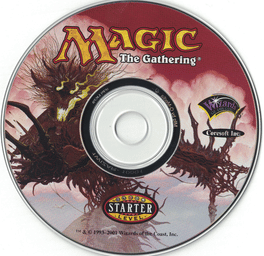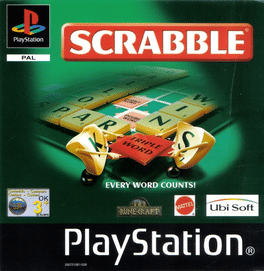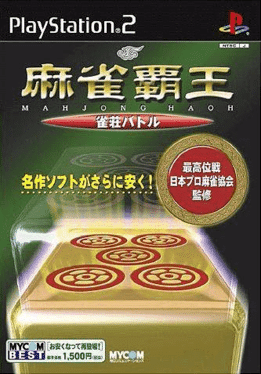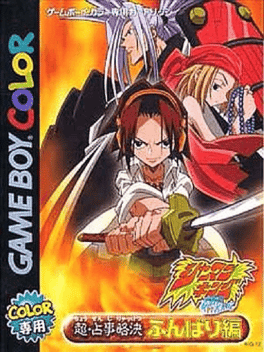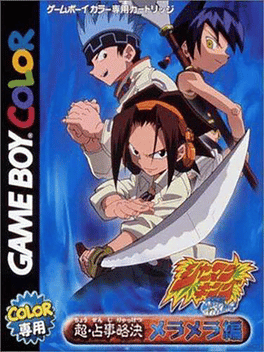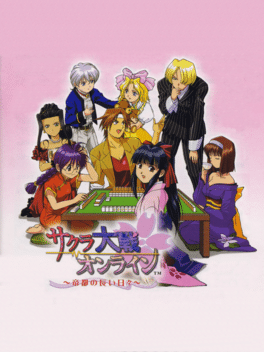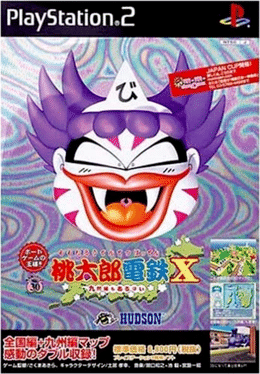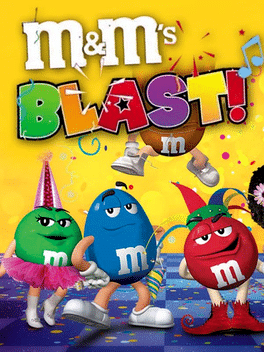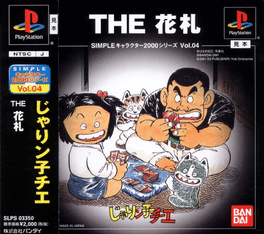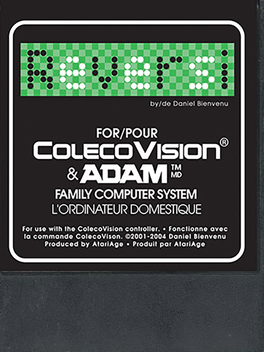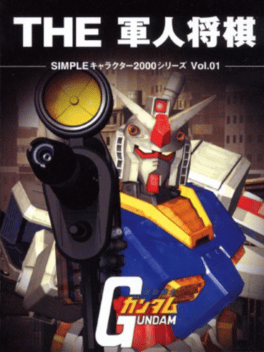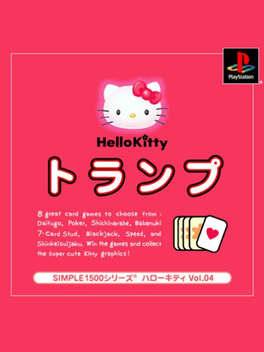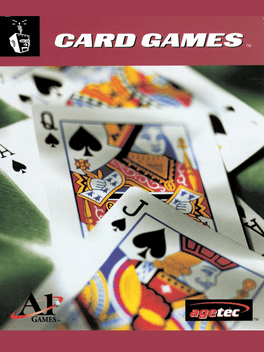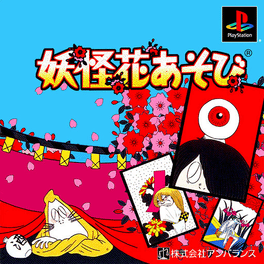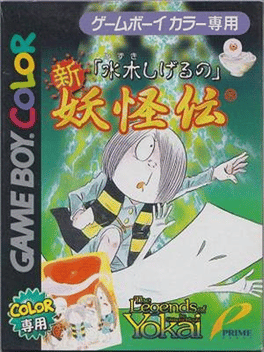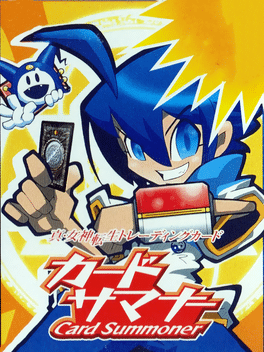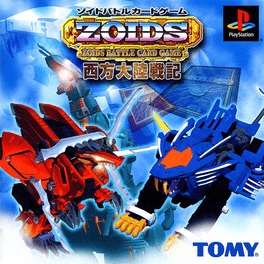New Card Board Game Games - Page 51
-
One Piece: Treasure Wars
2002
One Piece: Treasure Wars is an Action game, developed by Graphic Research and published by Bandai, which was released in Japan in 2002. In the game, the player chooses one of the Straw Hat Pirates and fights other members of the crew in the board game. The main goal is for the player to find the treasure or special item before his opponent does. Each player will run around the board fighting against other pirates. The members of the crew the player did not choose as his or her character will also be running around along with other enemies who the crew has to fight. -
Magic: The Gathering 7th Edition Starter
2001
Introductory game to help new players learn how to play Magic the Gathering. This game was developed by Coresoft Inc. and published by Wizards of the Coast. It was included in the 2-Player Duel Sets of the 7th Edition Core Set of Magic the Gathering in 2001. -
CrossCraze
2001
CrossCraze
2001
CrossCraze is a word puzzle game for 1 to 4 players that plays like a cross between Scrabble and a crossword puzzle. You compete with friends or against the computer by placing letters on a board to form interlocking words. You can choose between "traditional" play, where new letters must be placed adjacent to existing ones, or "vertical" play where new letters can also be placed on top of existing letters to modify the words underneath. The game includes 50 levels, 4 levels of artificial intelligence, and a vast vocabulary of over 180,000 words with either UK or US spelling. -
Scrabble
2001
Scrabble
2001
Scrabble is a word game in which two to four players score points by placing tiles, each bearing a single letter, onto a game board divided into a 15×15 grid of squares. -
Shaman King Chou Senjiryokketsu: Funbari Version
2001
Shaman King Chou Senjiryokketsu is a trading card game for the Game Boy Color. There are two versions, Meramera and Funbari that differs in the main characters of the game. The Meramera version has: - Kaita - Mitsuru - Maria -
Shaman King Chou Senjiryokketsu: Meramera Version
2001
Shaman King Chou Senjiryokketsu is a trading card game for the Game Boy Color. There are two versions, Meramera and Funbari that differs in the main characters of the game. The Meramera version has: - Tsuyoshi - Kevin/CM King - Kana -
Sakura Taisen Online: Teito no Nagai Hibi
2001
A mini-game collection in the Sakura Taisen series that is playable online. Also included a series of tabletop games packed in. The game was released in two versions, Teito no Nagai Hibi and Paris no Yuugana Hibi. -
Momotaro Dentetsu X: Kyushu-hen mo Arubai
2001
Momotaro Dentetsu X: Kyushu-hen mo Arubai is a video game in the Momotaro Dentetsu series of board game-style video games, genre released in 2001 by Hudson Soft for PlayStation 2. The game was only released in Japan. -
M&M's Blast!
2001
M&M's Blast!
2001
M&M's Blast! for Game Boy Advance reunites players with those lovable candy-coated M&M characters--Red, Blue, Green, and Yellow--in a brand-new adventure. Players complete a number of game challenges within a variety of board-game-style levels. -
Simple Characters 2000 Series Vol. 04: Jarinko Chie - The Hanafuda
2001
Jarinko Chie - The Hanafuda is a hanafuda game based on the anime Jarinko Chie featuring a complete tutorial and a story and free modes. -
Bunny Poker
2001
-
Reversi
2001
Reversi
2001
Reversi is based on the classic board game where your objective is to capture the most pieces on the game board by flipping discs to your color. A disc, or an unbroken line of discs of the same color, is captured when it becomes flanked on opposite ends by two opposing pieces, one of which must be the disc that was just placed on the board. -
Simple Characters 2000 Series Vol. 01: Kidou Senshi Gundam - The Gunjin Shougi
2001
Kidou Senshi Gundam - The Gunjin Shougi combines characters from the different Gundam series and the shogi (chess) game. -
Simple 1500 Series Hello Kitty Vol. 04: Trump
2001
Simple 1500 Series Hello Kitty Vol. 04: Trump is a Hello Kitty themed card game for the PlayStation. Trump or trumps or trump suit are terms used in trick-taking games, traditionally called whist-style games although the best-known example may now be bridge, where cards of one suit rank above all non-trump cards, and automatically prevail over them, losing only to a higher trump if one is played to the same trick. -
Card Games
2001
Card Games
2001
Card Games is a value-priced PlayStation title containing six different card games tied together with a casino interface. Draw Poker, Blackjack, Baccarat and Seven-card Stud are the traditional entries, with the less-familiar Speed and President rounding out the package. Casino mode starts you out with a small amount of chips and the goal of winning enough cash to purchase items at the shop. Merchandise includes new background music, access to higher stakes tables, and most importantly, furnishings for your room. When the game begins, your room is empty, but as you earn money you are able to buy a variety of products such as wallpaper, carpet and TVs. Your winnings and all merchandise purchased are saved on the memory card at the end of each session. -
Youkai Hana Asobi
2001
-
Mizuki Shigeru no Shin Youkai-den
2001
One day, the hero gets a mysterious bill. From that day on, he gets caught up in the turmoil over the resurrection of the anciently sealed demons hidden behind the eerie card game "New Youkai Den". The hero travels all over Japan to prevent the demon from resurrection. There are four game modes: "story mode", "fighting mode", "battle mode", and "trading mode". In "Battle Mode" and "Trading Mode", you can play and exchange with your friends using a communication cable. There are 298 types of cards by Shigeru Mizuki, the best youkai painter of our time! -
Shin Megami Tensei Trading Card: Card Summoner
2001
The player controls Yuuji Kino, a young kid who's training to win the Card Championship. Unlike the other games in the series, the player summons and control his demons by cards that are gained by defeating others characters or in random battles.

